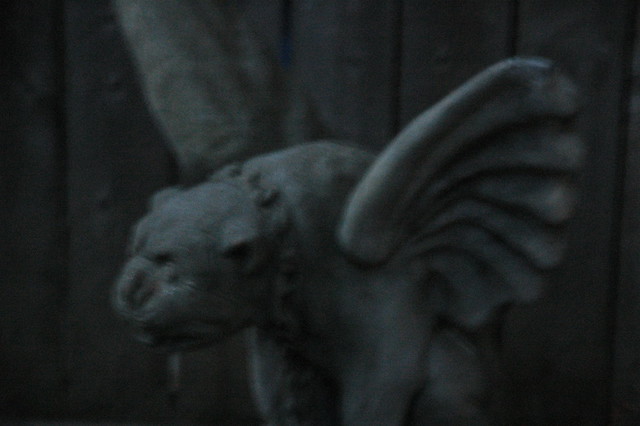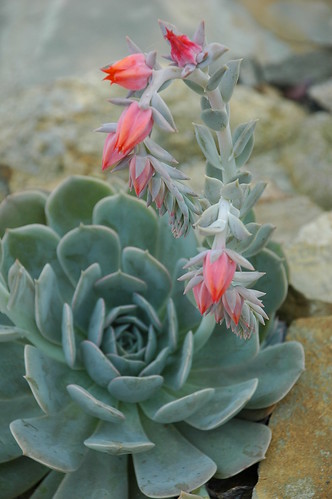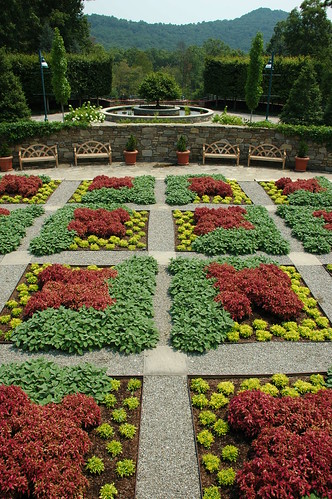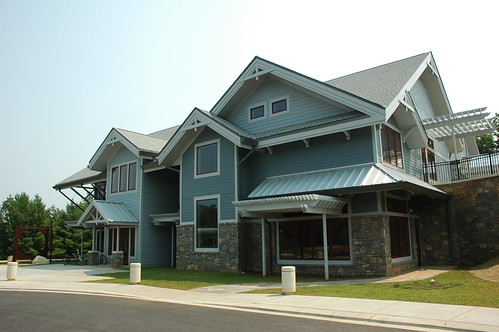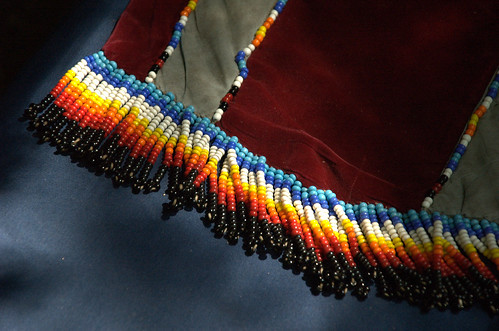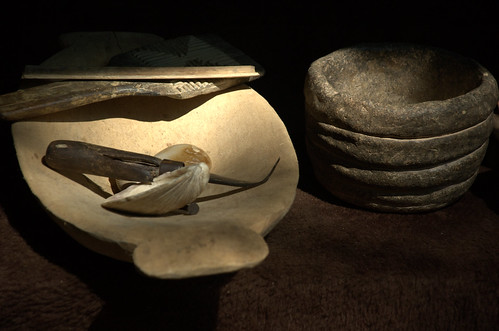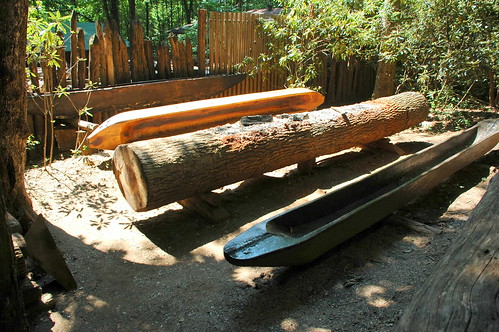Also see my other posts on 9/11.
9/11 memorials, Union Square Park, September 24, 2001
Recently, the World Trade Center Memorial Foundation announced:
… it will now be called the National September 11 Memorial & Museum at the World Trade Center – in order to reflect more fully the Memorial and Museum’s commemoration of the September 11, 2001 attacks as a national tragedy that changed the course of history. The Memorial & Museum will honor those killed in the terrorist attacks of September 11, 2001, in New York City, Pennsylvania, and at the Pentagon, as well as those killed in the World Trade Center bombing on February 26, 1993, and will continue to emphasize the site-specific nature of building a tribute at the World Trade Center.
– Press Release, August 15, 2007 (PDF)
For the first time, there will be a national tour of a traveling exhibition associated with the museum:
To involve as many people as possible, the Memorial & Museum have created a traveling exhibition that tells the story of September 11 from the point of view of victims’ families, first responders, survivors, and everyday people who came together on that terrible day and in the agonizing days that followed. The traveling exhibition offers Americans the opportunity to come together again to pay tribute to those who were killed on September 11 as well as to support the heroic first responders whose selfless acts saved thousands.
Individuals and communities across the country will have a chance to contribute directly to this historic effort by signing a steel beam that will be used in the construction of the National September 11 Memorial & Museum. The exhibition will also feature a timeline of the events, photographs, artifacts, and a short film.
Here are the first cities and dates. Check local listings for details, or check on the National Tour page.
- Columbia, SC, September 10 and 11
- Raleigh, NC, September 15 and 16
- Norfolk, VA, September 19 and 20
- Pittsburgh, PA, September 23
- Charleston, WV, September 26
- Cincinnati, OH, September 29 and 30
- Lexington, KY, October 3
- Fort Wayne, IN, October 6 and 7
- Lansing, MI, October 10
- Aurora, IL, October 13 and 14
- Madison, WI, October 17
Other cities will include Sioux Falls, SD, Des Moines, IA, Omaha, NE, and Wichita, KS.
Links:
- National September 11 Memorial & Museum
- National Tour
- Tribute WTC 9/11 Visitor Center is a temporary museum and exhibit located across the street from Ground Zero on Liberty Street, the south side of the site, between Trinity Place and Greenwich Street. It will remain in place until the permanent Memorial and Museum are completed.
- Map of the plans for the WTC site (PDF)

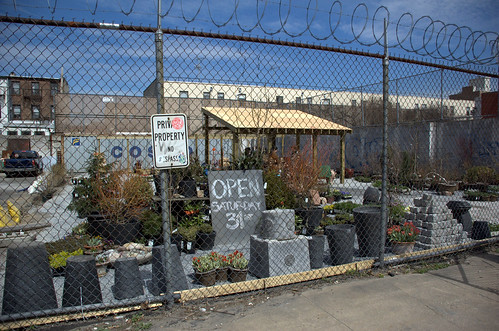


 1 & 2 Family Residential
1 & 2 Family Residential Multi-family Residential (3 or more Residential Units)
Multi-family Residential (3 or more Residential Units) Mixed Use (Residential and Commercial)
Mixed Use (Residential and Commercial) Commercial
Commercial Institutions
Institutions Transportation & Parking
Transportation & Parking Industrial (corresponds to Zoning’s “Manufacturing” designation)
Industrial (corresponds to Zoning’s “Manufacturing” designation) Vacant Lots
Vacant Lots